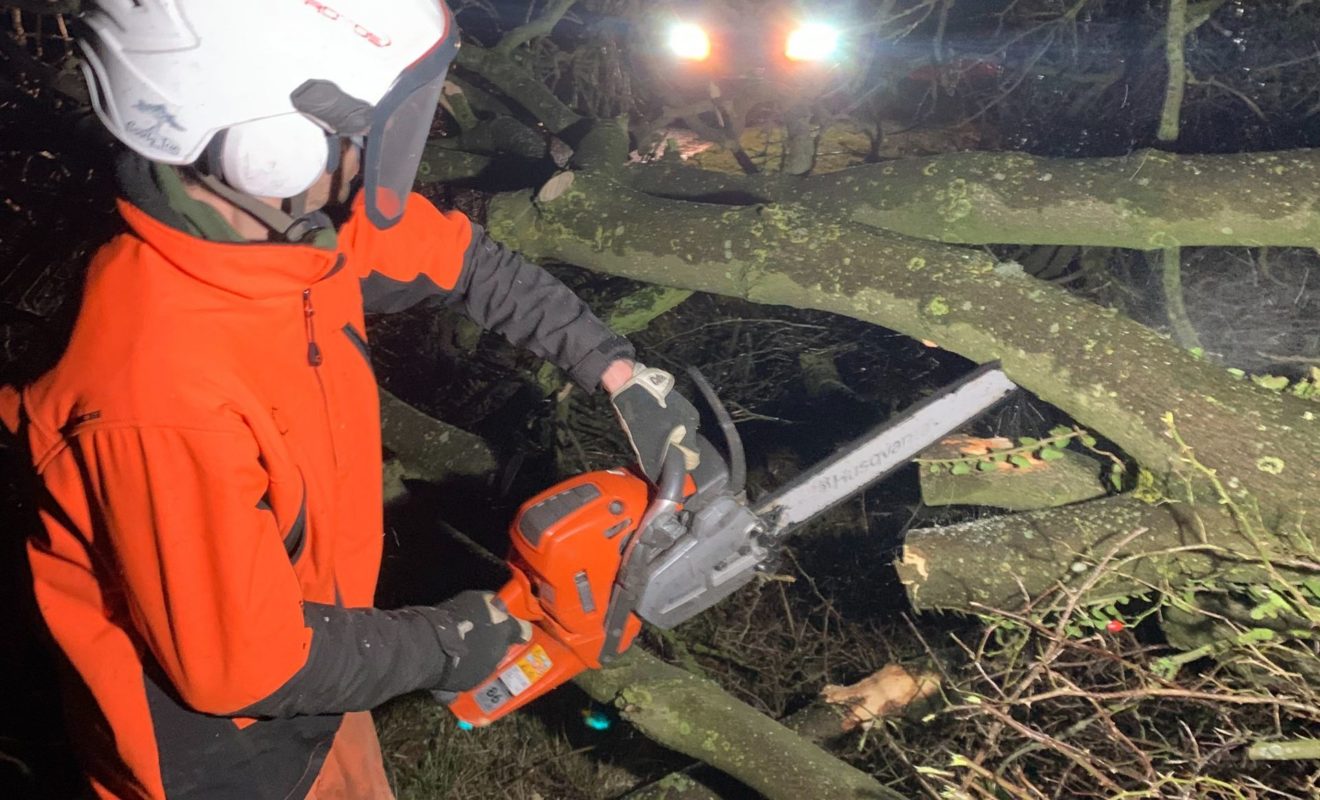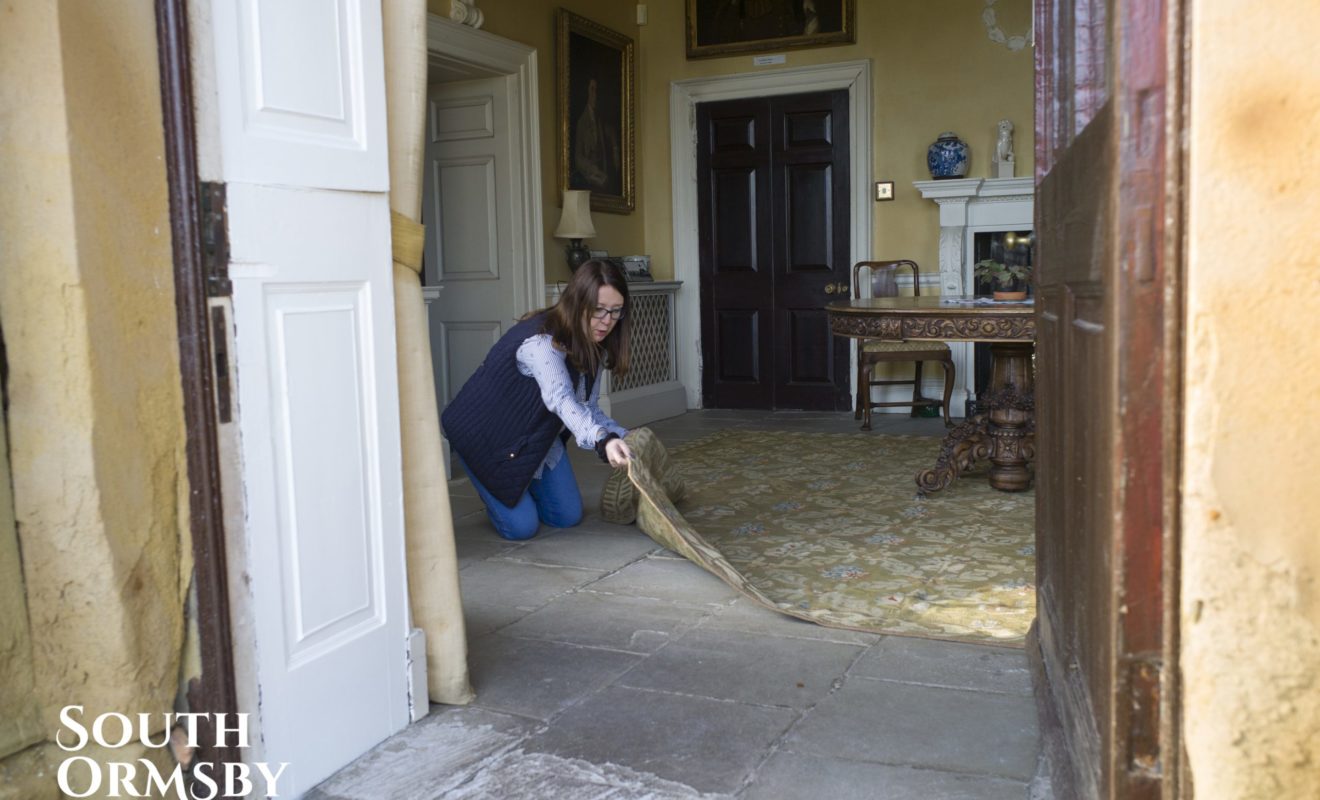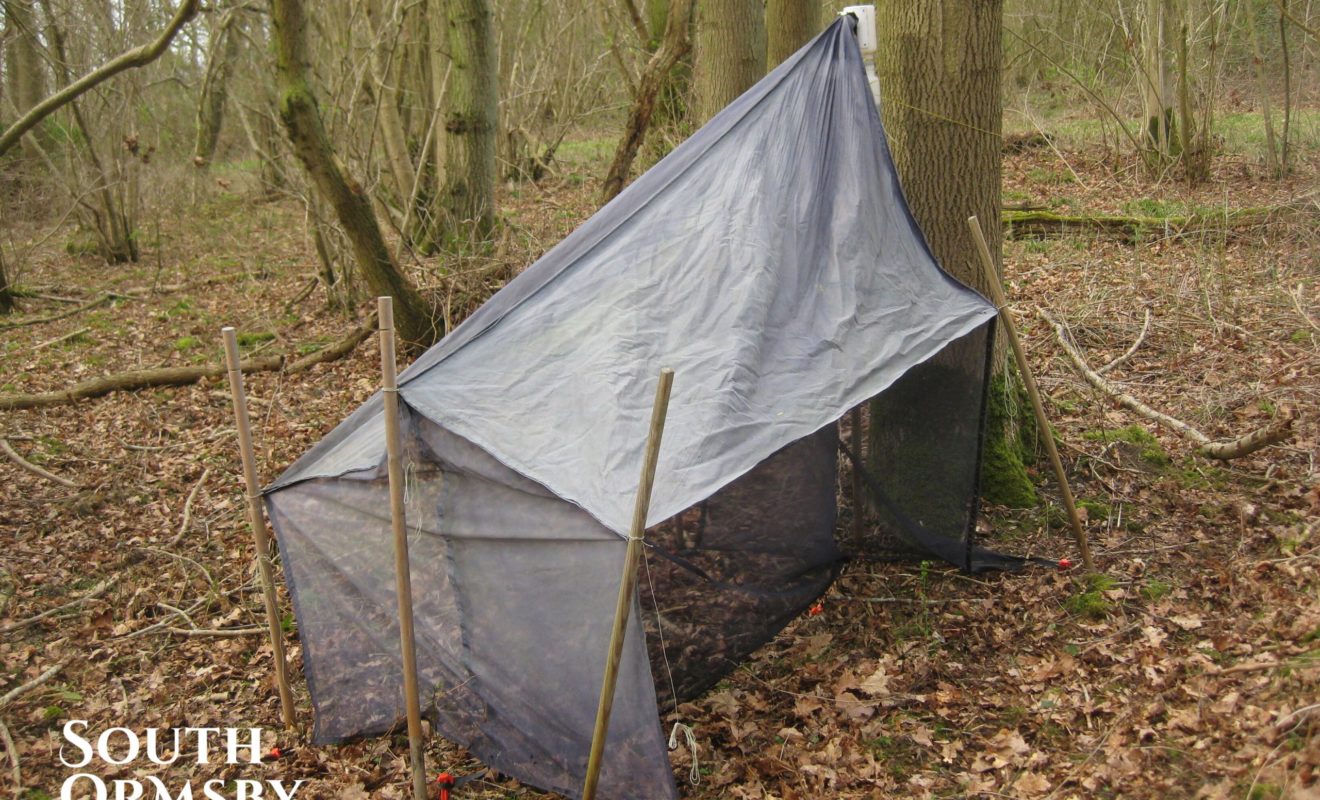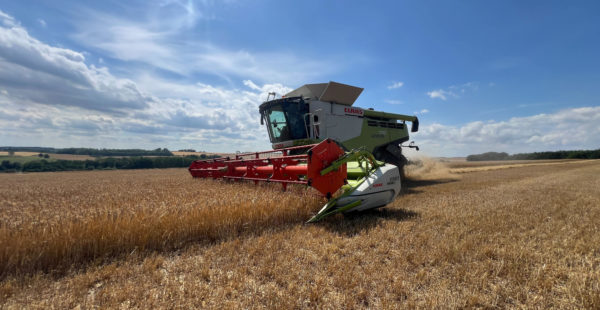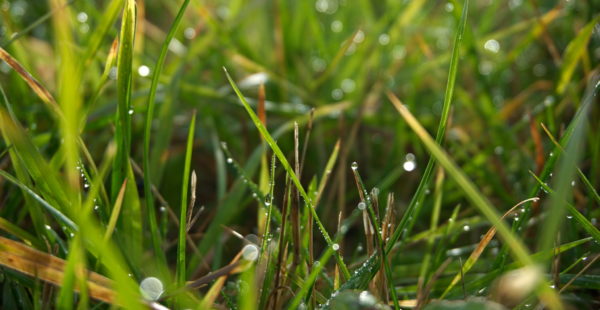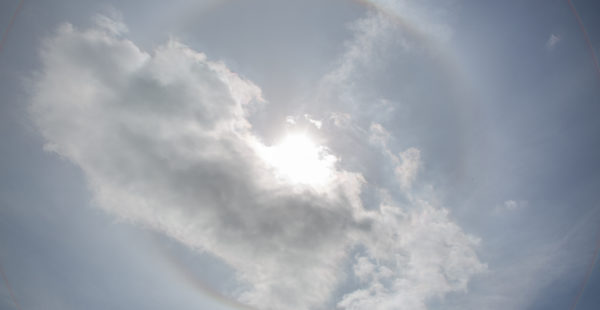A Week on the Estate: Storm Ciara, Rug Repair & Bug Census
South Ormsby’s week began with the aftermath of Storm Ciara, which brough winds in excess of 50mph and sudden, heavy downpours to the county. Sunday night saw estate staff working with chainsaws and a JCB in wild weather to clear a road blocked by fallen trees at Campaign Top. Daylight on Monday revealed more fallen timber and some wrecked fencing to be added to the estate’s job-list.
In finer, settled weather, Leanne Gains explored her ideas for ‘bringing the outside in’ to Little Ormsbees Nursery. She explored the Hall’s grounds with her daughters, India, 7, and Tally, 4, who thoroughly enjoyed reading and hunting for treasure in the heart of our lovely countryside.
Indoors, Jacqui Rhodes returned a fine, hand-made rug to its rightful place in the entrance hall following its repair by the expert craftsmen of James Barclay Rugs of London.


